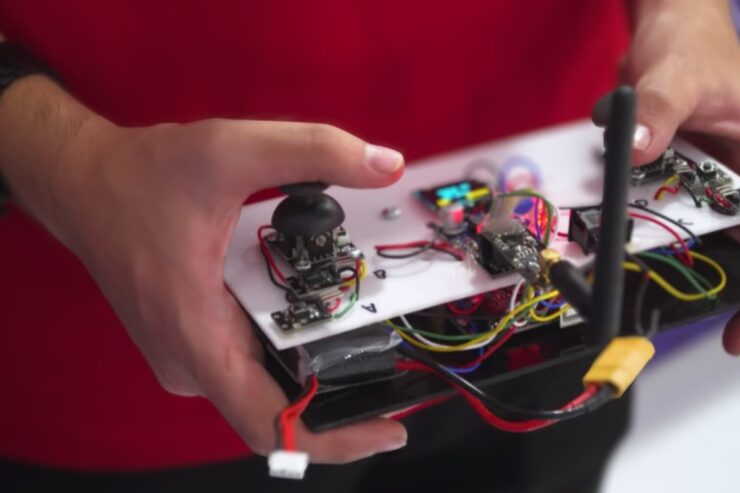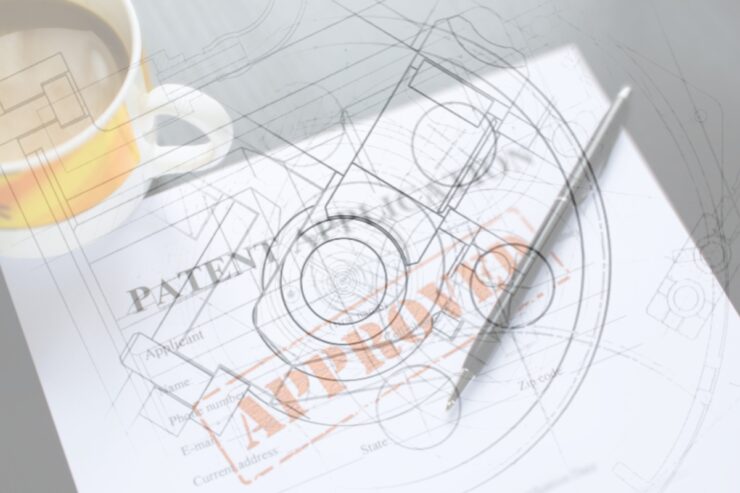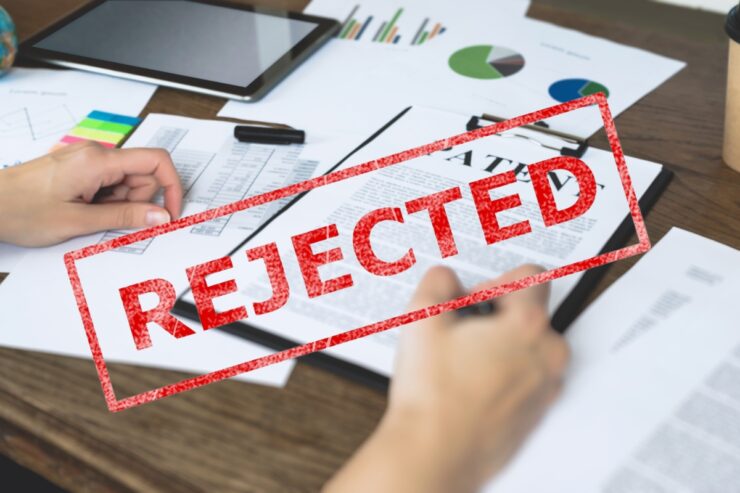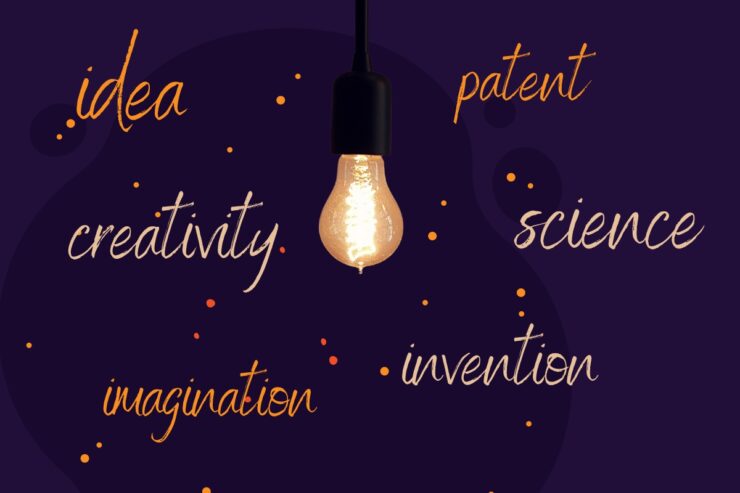Inventors stand at the forefront of innovation, their creations often propelling humanity into uncharted territories. Protecting these inventions through patents is crucial for preserving their intellectual property rights, ensuring fair recognition, and fostering potential commercial success. However, the journey towards patent attainment is filled with complexities, akin to navigating a daunting maze.
This blog aims to illuminate this intricate path, providing inventors with key considerations to help guide them through this maze with greater confidence.
Understanding the Basics

A patent, at its core, is a legal instrument that confers exclusive rights to an inventor to make, use, or sell their invention for a specified period. These are typically divided into utility, design, and plant patents. Utility patents, the most common type, cover new and useful processes, machines, or compositions of matter.
Design patents protect original, ornamental designs for an article of manufacture, while plant patents cover distinct, asexually reproduced plants. Not all creations qualify for its protection; they must be novel, non-obvious, and provide a useful function. Understanding these basics lays the foundation for navigating the entire process.
Conducting a Prior Art Search

Prior art encompasses all information that has been made available to the public in any form before a given date that might be relevant to a patent’s claims of originality. An exhaustive prior art search is critical in the whole process as it aids in establishing the novelty and nonobviousness of your invention.
Effective searches may require the use of their databases, scientific journals, or trade publications. Tools like Google Patents, USPTO’s patent database, or the European Patent Office’s Espacenet can serve as starting points for these investigations.
Determining Patentability
The patentability of an invention hinges on three criteria: novelty, non-obviousness, and utility. An invention is novel if it hasn’t been previously disclosed to the public in a patent or publication. Non-obviousness means the invention must not be an obvious extension or modification of existing knowledge. The utility requires that the invention serves a useful purpose. An examiner evaluates these criteria in determining an invention’s eligibility for patent protection.
Inventors should thus scrutinize their inventions against these standards before investing time and resources into the application. If you’re having an issue with determining patentability you should consult InventHelp or other similar outlets for additional info.
Provisional vs. Non-Provisional Applications
Provisional patent applications serve as a placeholder, granting a 12-month period to refine the invention, assess market potential, or secure funding before filing a non-provisional application. They’re less expensive and less formal but don’t lead to a product on their own.
Non-provisional applications, on the other hand, initiate the formal examination process and can result in an issued patent. The choice between the two depends on various factors, including the invention’s stage of development, available resources, and the inventor’s long-term plans.
Writing a Strong Application

A well-crafted patent application is pivotal in securing protection. It comprises components like title, abstract, specification, claims, and drawings. The claims define the scope of protection afforded by the patent, making them the heart of the application.
They should be clear, concise, and broad enough to provide substantial protection, yet sufficiently narrow to circumnavigate prior art. A clear and detailed description enables anyone skilled in the relevant field to replicate the invention, reinforcing the claim’s validity.
Working with a Patent Attorney
Navigating the patent maze alone can be intimidating; this is where the critical role of an attorney comes to light. Their specialized knowledge and expertise significantly increase the chances of achieving a successful outcome, save time by streamlining the process, and help to preemptively address or avoid potential pitfalls. When selecting an attorney, consider their technical background, ensuring it aligns with your invention, their track record and experience in patent law, and their cost structure.
While the upfront cost of hiring an attorney may seem steep, it’s an investment that can pay substantial dividends down the road. Robust patent protection can secure exclusive rights to your invention, which could lead to substantial financial gains and critical strategic advantages in the marketplace.
Examination and Prosecution

Upon filing, your patent application embarks on a journey of examination at the hands of an examiner. If the examiner identifies issues with your application, they issue an Office Action. This document presents a detailed account of rejections or objections against the patentability of your invention. Inventors, often alongside their attorneys, are obligated to respond to each point raised, either arguing against the rejections or amending the claims as suggested.
This iterative, back-and-forth dialogue between the inventor and the examiner is known as patent prosecution. Although it can seem like an overwhelming process, having a deep understanding of the process, crafting carefully considered responses, and maintaining a strategic approach can greatly enhance your chances of obtaining one.
International Protection

Safeguarding your invention on a global scale involves the challenging task of filing patent applications in numerous countries or regions. The Patent Cooperation Treaty (PCT) offers a solution to this by streamlining the process, providing a centralized application procedure that covers multiple countries simultaneously. Despite its advantages, the costs and complexities involved in international patent filing necessitate careful consideration.
It’s essential to conduct a thorough evaluation, weighing various factors like the market size in potential countries, the location of manufacturing units, the potential for infringement, and the feasibility of enforcing your patent rights in these jurisdictions. This comprehensive assessment will aid in making an informed decision that optimally protects your invention worldwide.
Patent Maintenance and Enforcement
Patents aren’t a one-and-done deal; they require ongoing maintenance to keep them in force. This often involves paying maintenance fees at specified intervals. Additionally, the onus is on the patent holder to monitor for possible infringements and take enforcement action when necessary. While patent litigation can be expensive and time-consuming, it’s a vital part of protecting your invention and maintaining your patent’s value.
Alternatives to Patents for Protecting Inventions

Patents aren’t the only way to protect your invention. Other forms of intellectual property, like trade secrets or trademarks, may be more suitable in certain situations. For example, trade secrets are valuable when the invention can be kept secret, while patents require disclosure of the invention. Understanding these alternatives can empower inventors to choose the protection strategy that best aligns with their business objectives.
Conclusion
Navigating the patent maze can be challenging, but understanding the landscape, planning your strategy, and seeking professional advice can guide you toward successful patent protection. Inventions are more than mere products; they are the embodiment of human ingenuity and deserve the strongest protection. As inventors, let’s remember the importance of this journey, not just the destination.
After all, it’s not just about securing a patent; it’s about safeguarding the fruits of our creativity and labor for the betterment of society and our individual legacies.

